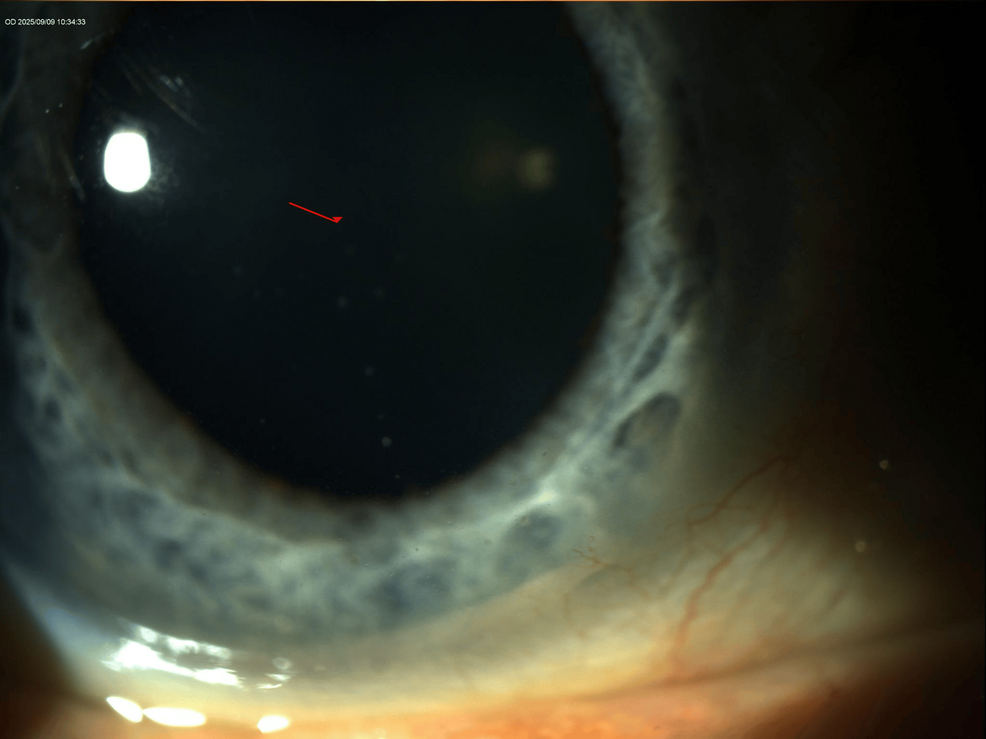- Six radical ways to cool the planet The Times
- Why “Dimming the Sun” Might Be the Most Dangerous Climate Fix Yet SciTechDaily
- What’s So Bad About Geoengineering? Bluedot Living
- Blocking sunlight to cool the Earth could heat up other…
Author: admin
-
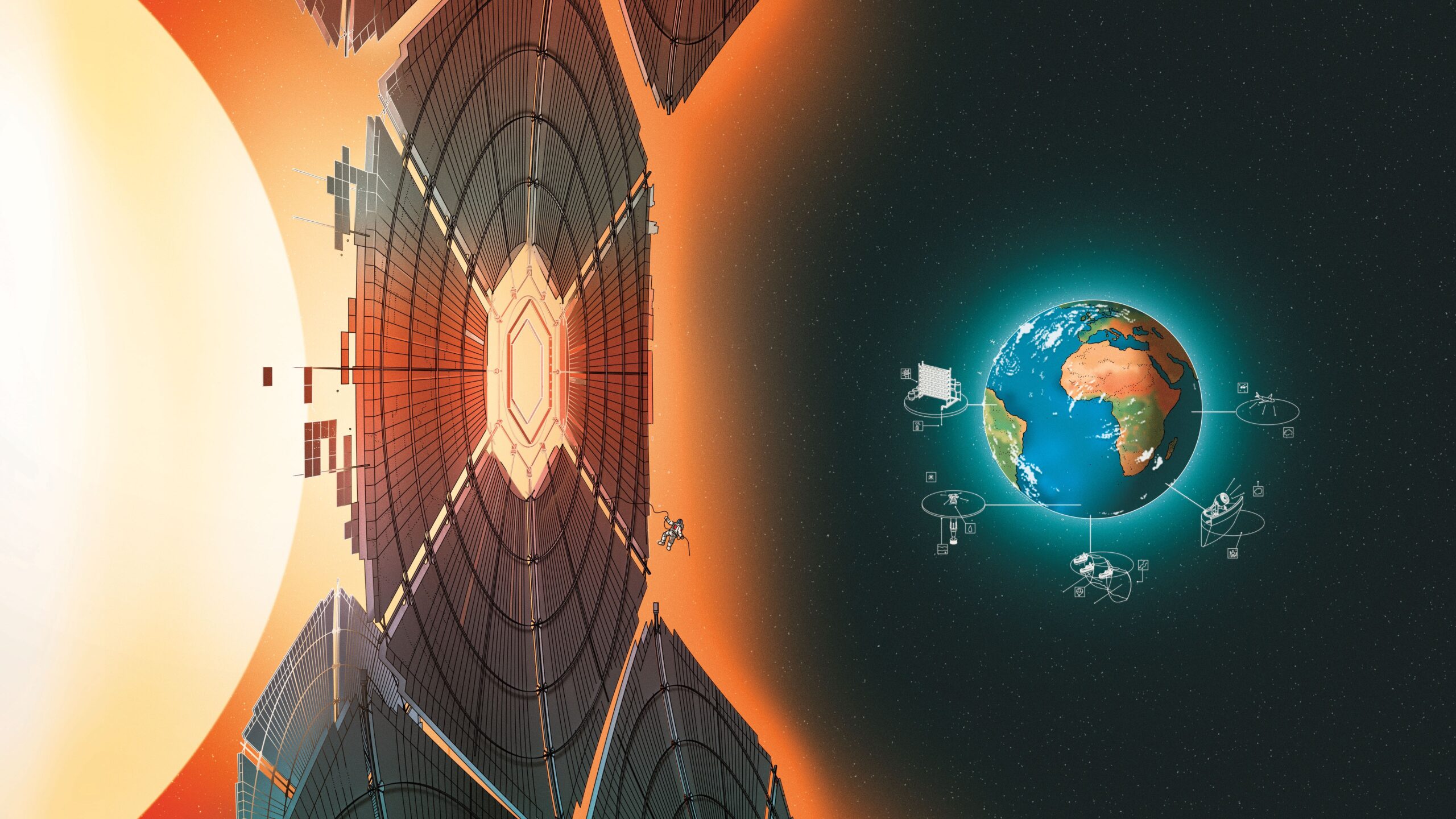
Six radical ways to cool the planet – The Times
-

Liverpool win at Anfield ahead of Real Madrid clash
Liverpool beat Aston Villa at Anfield, where they will host Real Madrid next Tuesday in the fourth matchday of the Champions League (9 pm CET). With this result, Arne Slot’s side remain at the upper end of the Premier League table with 18…
Continue Reading
-
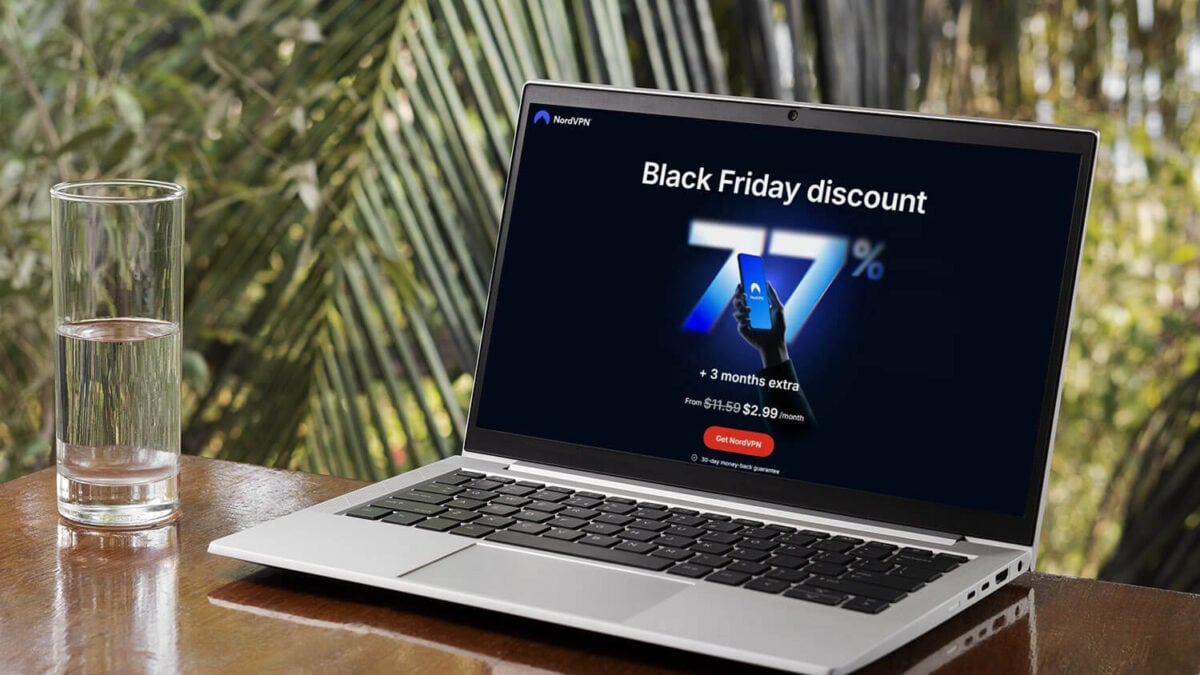
Save at Least $230 Today
This is a NordVPN Black Friday deal you can’t miss! NordVPN’s impressive discounts grace our presence yet again. While Black Friday is always a great time for saving, NordVPN went two steps ahead. It slashed its prices by over 73%…
Continue Reading
-
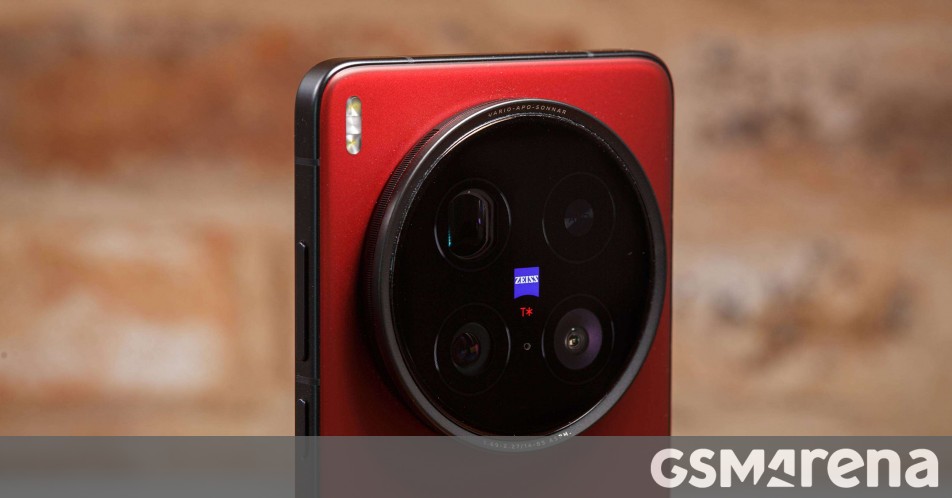
vivo X300 Ultra is going global after all
Historically, the top-end Ultra from vivo’s X series flagship phones has been reserved for the Chinese market, but this is likely to change as we now have strong evidence that the yet-to-be-announced vivo X300 Ultra will make it outside…
Continue Reading
-
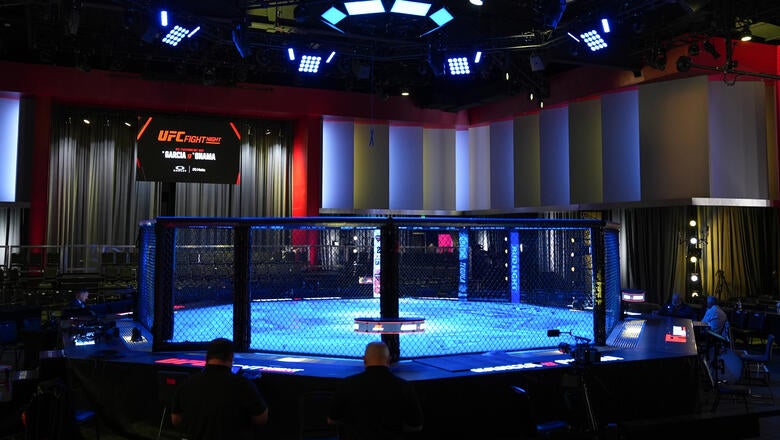
UFC Fight Night: Garcia vs Onama Prelim Results
Norma Dumont defeats Ketlen Vieira by split decision (29-28, 28-29, 29-28)
Norma Dumont’s winning streak now stands at six after “The Immortal” came away on the happy side of an immediately debated split decision verdict against fellow Top…
Continue Reading
-
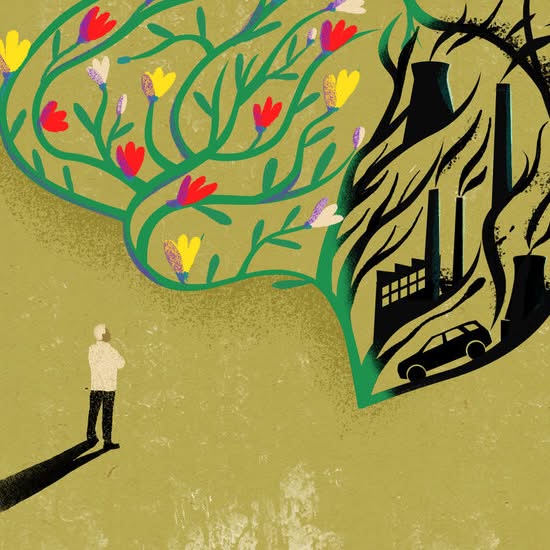
Studies increasingly find links between higher concentrations of certain pollutants in the air and the prevalence of dementia. Yet such findings are emerging when the U.S. government is dismantling efforts to continue reducing air pollution by shifting from fossil – facebook.com
- Studies increasingly find links between higher concentrations of certain pollutants in the air and the prevalence of dementia. Yet such findings are emerging when the U.S. government is dismantling efforts to continue reducing air pollution by…
Continue Reading
-

Cannabis Use Is Linked to Epigenetic Changes, Scientists Discovered : ScienceAlert
Cannabis use may leave lasting fingerprints on the human body, a study of over 1,000 adults published in 2023 suggests – not in our DNA code itself, but in how that code is expressed.
US researchers found it may cause changes in the
Continue Reading
-
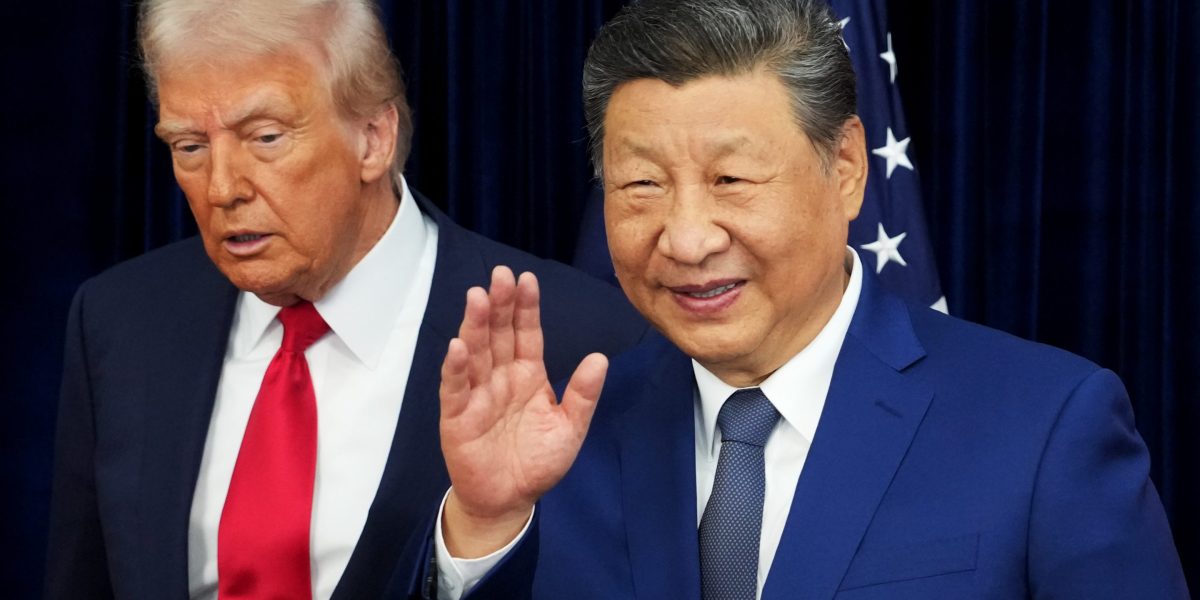
China to suspend some rare earth curbs, probes on U.S. chip firms
China will effectively suspend implementation of additional export controls on rare earth metals and terminate investigations targeting US companies in the semiconductor supply chain, the White House announced.
The White House issued a fact sheet on Saturday outlining some details of the trade pact agreed to earlier this week by President Donald Trump and Chinese leader Xi Jinping that aimed to ease tensions between the world’s largest economies.
Under the deal, China will issue general licenses valid for exports of rare earths, gallium, germanium, antimony and graphite “for the benefit of U.S. end users and their suppliers around the world,” the White House said, meaning the effective removal of controls China imposed in April 2025 and October 2022. The US and China previously said Beijing would suspend more restrictive controls announced in October 2025 for one year.
Washington will also pause some of Trump’s so-called reciprocal tariffs on China for an additional year and is halting plans to implement a 100% tariff on Chinese exports to the US that was threatened for November. The White House also said that the US will further extend the expiration of certain Section 301 tariff exclusions, currently due to expire on Nov. 29, 2025, until Nov. 10, 2026.
The Chinese Embassy in Washington did not immediately respond to a request for comment on Saturday.
The landmark summit between Trump and Xi, their first face-to-face meeting of the US president’s second term, saw the leaders stabilize relations in the short term after an escalating trade fight that had roiled markets and sparked fears of a global downturn.
Under their agreement, according to the White House, China agreed to pause sweeping controls on rare-earth magnets in exchange for a US agreement to roll back an expansion of curbs on Chinese companies. China had used its dominance in the processing of rare-earth minerals as leverage, threatening to restrict their flow to the US and allies countries.
The US also agreed to halve a fentanyl-related tariff to 10% from 20%, while Beijing will resume purchases of American soybeans and other agricultural products. The US has said China will buy 12 million metric tons of soybeans during the current season, and a minimum of 25 million metric tons a year for the next three years. Trump on Friday indicated he would like to remove all of the fentanyl-related tariffs if China continued to crack down on exports of the drug and precursor chemicals used to make it.
Read more: Trump-Xi Truce Buys Time as Both Seek Leverage in Broader Fight
“As soon as we see that, we’ll get rid of the other 10%,” Trump told reporters aboard Air Force One on Friday.
The US also said on Saturday that Beijing will take steps to allow the Chinese facilities of Dutch chipmaker Nexperia BV to resume shipments, confirming a Bloomberg report from a day earlier. This move will likely ease worries about chip shipments that had threatened auto production as a trade fight between China and the US escalated.
But while the agreement has calmed tensions, the pact may be a short-term truce in an extended trade fight with the measures just meant to last one year. And despite addressing some key issues — and with both sides winning key concessions — the agreement fails to comprehensively address all of the issues at the heart of the US-China trade fight and other geopolitical flashpoints such as Taiwan and Russia’s war in Ukraine.
Trump has signed off on a plan that would see an American consortium buy the US operations of ByteDance Ltd.’s TikTok app, but Beijing has yet to formally approve that sale. The US president has also said there would be cooperation on energy, saying that China had agreed to purchases oil and gas from Alaska.
Continue Reading
